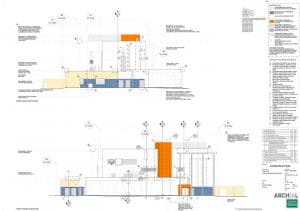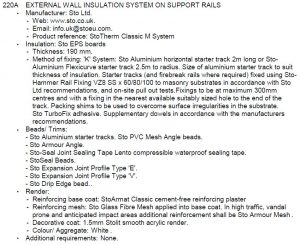True Value Engineering
Too often value engineering is viewed as a way of bringing down costs at the expense of quality. True value engineering should be viewed as bringing down costs without detriment to the design and quality of a building and ensuring the clients’ aspirations are still met.
Not an easy task, but something that can be achieved by designers working closely with contractors.
Background
The London office of Norr (formerly Archial) were engaged by Graham Construction to prepare construction information for the new Enfield Joint Services Centre in London.
Due to the project being over budget, Norr were asked to look at ways of reducing construction costs to a level acceptable to the client.
PHI-Tech Architecture had a good working relationship with the London office of Norr and were asked to look through the specification and drawings to identify areas where savings could be made. Being architectural trained ourselves we were keen not to compromise the design integrity.
Going through the drawings and checking the specification we identified several areas where small to large savings could be made. Crucially these savings would not water down the architects’ original concept.
Small Change, Big Impact
PHI-Tech Architecture identified several areas where savings could be made without compromising the architects’ design.
Amongst these savings, we identified a single clause in the specification which we realised could make a big impact on the budget whilst having no impact on the building aesthetics.
Due to the design of the structure and the clients’ requirement for flush internal wall surfaces, the external walls were designed with the outer leaf of blockwork built around the steel columns. To create a uniform look to the elevations, the architect had decided to use rendered insulation as an external finish.
NBS clause M21/220A “External Wall Insulation System on Support Rails” instructed the contractor to use StoTherm Classic M System mechanically fixed on aluminium rails.
We immediately realised the extra cost of fixing aluminium support rails to a block wall would by far more expensive than simply varying the thickness of the insulation layer to create the flat look required by the architect.
True value engineering.


